 |
| Production of children's toys at Vina Truong Giang Trading Joint Stock Company, Tan Cuong commune. |
In recent years, the capital needs of enterprises have increased sharply during the period of recovery and expansion of production and business. Many enterprises want to invest in technological innovation, expand factories, and develop new products, but they face many obstacles when looking for financial resources.
Meanwhile, local commercial banks still have strict requirements on collateral, financial records and business plans, while most small and medium enterprises are small in scale, have limited equity capital, and unprofessional management capacity and investment project planning capabilities.
Despite the large capital demand, the rate of enterprises accessing preferential loans is still very low. Financial support channels outside banks such as the Credit Guarantee Fund, Land Development Fund or Provincial Development Investment Fund have not been as effective as expected, mainly due to complicated procedures, lengthy appraisal processes, while many enterprises do not have a clear understanding of information or are afraid of legal risks.
According to Mr. Tran Duc Hanh, Chairman of the Thai Nguyen Province Small and Medium Enterprises Association, capital difficulties are still the biggest barrier to business development. Many members have stable orders and customers but cannot expand their scale because they cannot borrow capital or the loan interest rate is not suitable. This slows down the production process and businesses lose the opportunity to compete in the market.
To remove the capital bottleneck, there needs to be a synchronous solution from the government, credit institutions and enterprises themselves. First of all, in terms of policy, localities need to continue to improve the operating mechanism of the Credit Guarantee Fund in a more flexible and suitable direction for the characteristics of small and medium enterprises; expand the subjects of guarantees, simplify procedures, and increase the initiative of enterprises in preparing loan applications.
At the same time, Land Development Funds and Development Investment Funds need to have a coordination mechanism to allocate capital effectively, avoid overlap; diversify support forms such as preferential loans, contributing capital to invest in production infrastructure or supporting interest rates for priority areas.
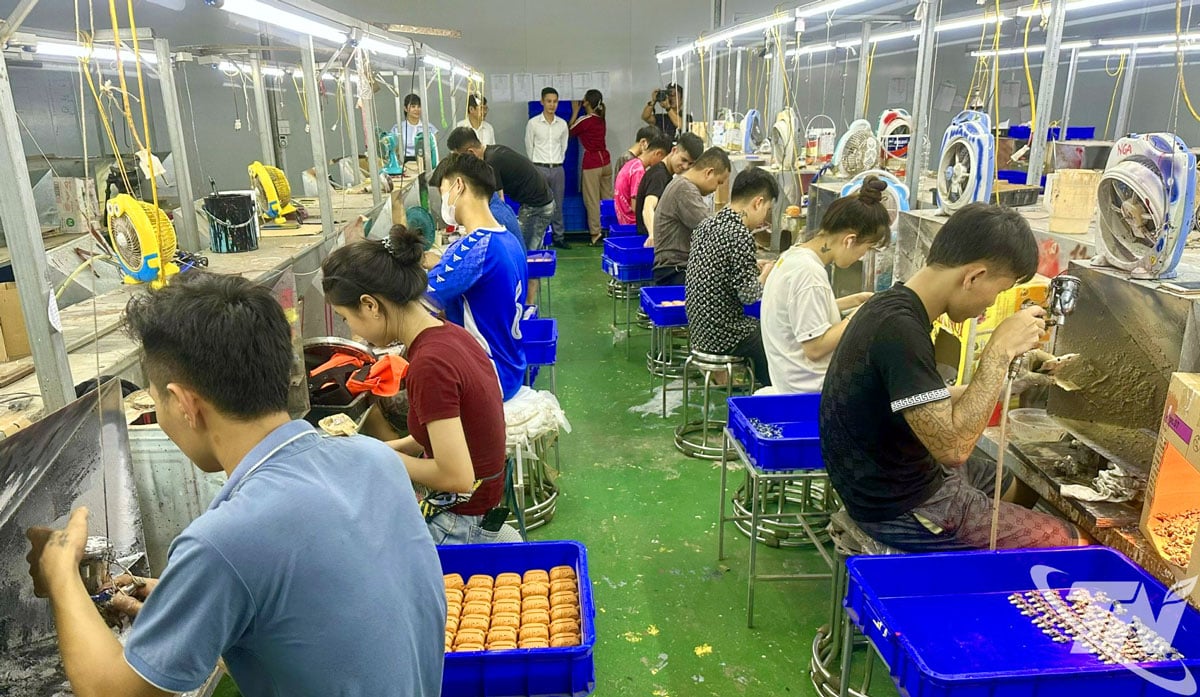 |
| Many businesses cannot expand because they cannot borrow capital or the interest rates are not suitable. |
Mr. Mong Quoc Hung, Director of Thai Nguyen Province Land Development Fund, said: We are making efforts to simplify the process and promote digital transformation so that businesses can easily look up information, submit applications online and receive timely advice. The goal is to make state capital truly become a resource to promote production, not just on paper.
Along with the local efforts, the banking system has also proactively accompanied businesses. Mr. Bui Van Khoa, Deputy Director of the State Bank of Vietnam, Region V, informed: The banking sector is directing credit institutions to review and simplify loan approval processes, expand credit limits for small and medium enterprises; and at the same time, deploy priority credit packages for the production, export, supporting industry and green enterprises sectors.
In the first 9 months of 2025, outstanding loans for small and medium enterprises will reach nearly VND 27,000 billion, an increase of 9.84% compared to the end of 2024. The industry also strengthens the connection between banks and enterprises, coordinates with associations, departments and branches to support timely and more convenient access to capital sources.
At the same time, the government and business associations need to promote their role as a bridge through dialogue channels, seminars and training courses to help businesses better understand credit policies, how to build feasible business plans, as well as financial transparency to create trust with lending institutions.
In addition to support policies, enterprises must proactively improve their management capacity, apply digital technology in accounting, finance, cash flow transparency and financial reporting. This is a prerequisite to build credibility with credit institutions and investment funds, creating a foundation for effective and sustainable capital mobilization.
When the capital problem is solved, small and medium enterprises will have the opportunity to expand production, innovate technology, increase productivity and product value. Improving access to capital also contributes to improving Thai Nguyen's Provincial Competitiveness Index (PCI).
When enterprises have easy access to credit sources and support funds, component indicators such as “Access to credit”, “Access to land”, “Transparency” or “Business support services” are all improved, thereby creating a more attractive business investment environment, attracting new capital flows, especially in the fields of high-tech industry and value-added services.
Source: https://baothainguyen.vn/kinh-te/202510/thao-go-nut-that-von-cho-doanh-nghiep-nho-va-vua-5f6642a/




![[Photo] Award Ceremony of the Political Contest on Protecting the Party's Ideological Foundation](https://vphoto.vietnam.vn/thumb/1200x675/vietnam/resource/IMAGE/2025/10/22/1761151665557_giaia-jpg.webp)

![[Photo] Da Nang: Shock forces protect people's lives and property from natural disasters](https://vphoto.vietnam.vn/thumb/1200x675/vietnam/resource/IMAGE/2025/10/22/1761145662726_ndo_tr_z7144555003331-7912dd3d47479764c3df11043a705f22-3095-jpg.webp)
![[Photo] Prime Minister Pham Minh Chinh chairs meeting on nuclear power plant construction](https://vphoto.vietnam.vn/thumb/1200x675/vietnam/resource/IMAGE/2025/10/22/1761137852450_dsc-9299-jpg.webp)





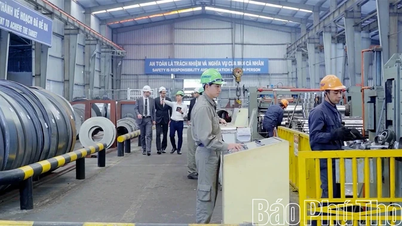

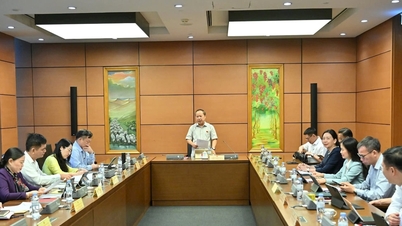


















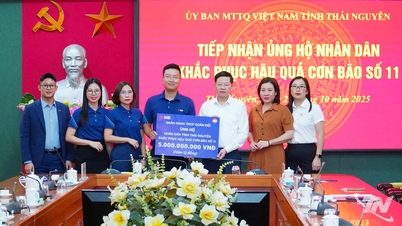



























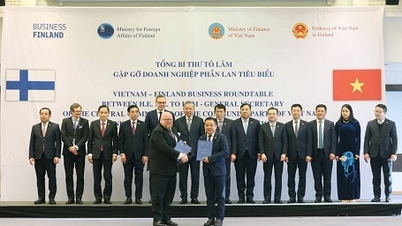





















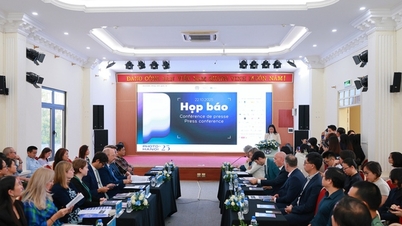













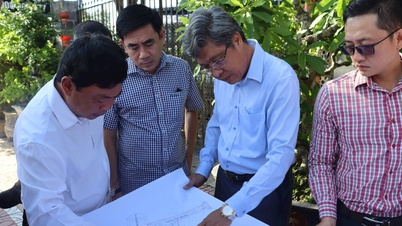













Comment (0)